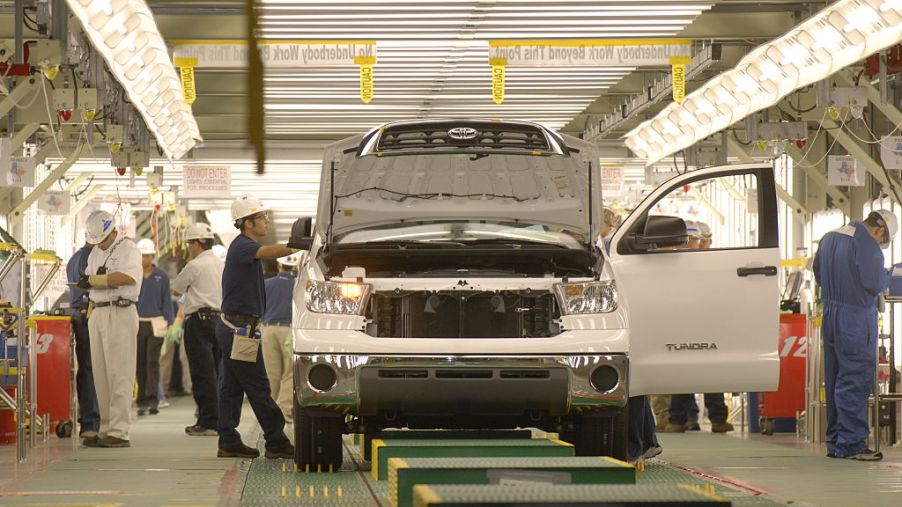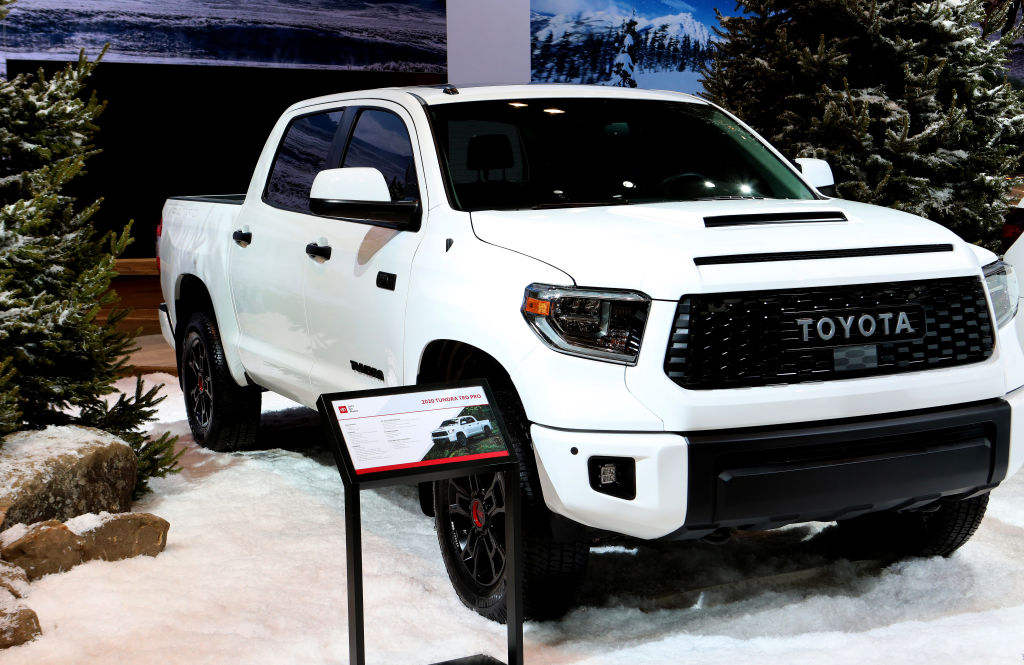
Avoid The 2020 Toyota Tundra
The Toyota Tundra has been a well-received truck since it’s an original production in 2000. It has always offered the reliability you expect from Toyota while providing us a lot of practicality. The 2020 model year might not live up to this standard, and really, you might want to consider avoiding it.
The 2020 Toyota Tundra has a starting price of about $33,750 so while it isn’t the most expensive truck on the road, we still have some decent expectations of it. Whether it lives up to the expectations consumers have is up in the air.
While this year’s Tundra has the external styling and improved appeal since the last few generations, there are still some major things in need of updating. The interior, for one, lacks any additional upgrading for the past few years. While it isn’t a bad interior, but it isn’t up to par with the competition. Owners complain about the low quality of the build material used inside the car’s cabin, and some have even started to notice some small signs of wear. The interior differs slightly between some trim packages, but not enough to make one stand out much.
While the starting price for the Tundra seems reasonable, it can vary in price with the highest being the 1794 edition that will cost around $50,220.

Mechanically disappointing
The Tundra has a 5.7L V8 engine that provides a reported 381 which isn’t terribly slow for a lower-end truck. The car loses points for drivability with its six-speed automatic transmission, which many owners complain doesn’t give them the driving experience they wanted from the Tundra. For a truck with off-road capabilities, it doesn’t handle well down rocky trails. In fact, it doesn’t handle well on the road either.
There have been numerous complaints about the truck’s suspension. In a sports car that’s meant to take turns quickly, you expect a stiff suspension, but in a truck, you’d expect the truck to have a smoother ride. Going over off-road trails you want the truck’s suspension to adapt or bounce when going over obstacles, but the Toyota Tundra has a stiff suspension that decreases the driving experience.
This year’s Tundra also had poor fuel economy, which was a major turnoff for many buyers. It averages only 13mpg in the city and a depressing 18mpg on the highway, making it one of the least fuel-efficient trucks on the market.
The Tundra does have some features that set it apart from its direct competition, which is the only saving grace for this otherwise mediocre truck. Even the base model Tundras come with lane departure assist and have a towing capacity of 8,800lbs and up to 10,200lbs and the trailer assist and trailer brake control features that make your towing experience that much better. If ride comfort isn’t you’re priority, the Toyota Tundra might just have enough perks to outweigh the negative driving experience consumers complain about.


